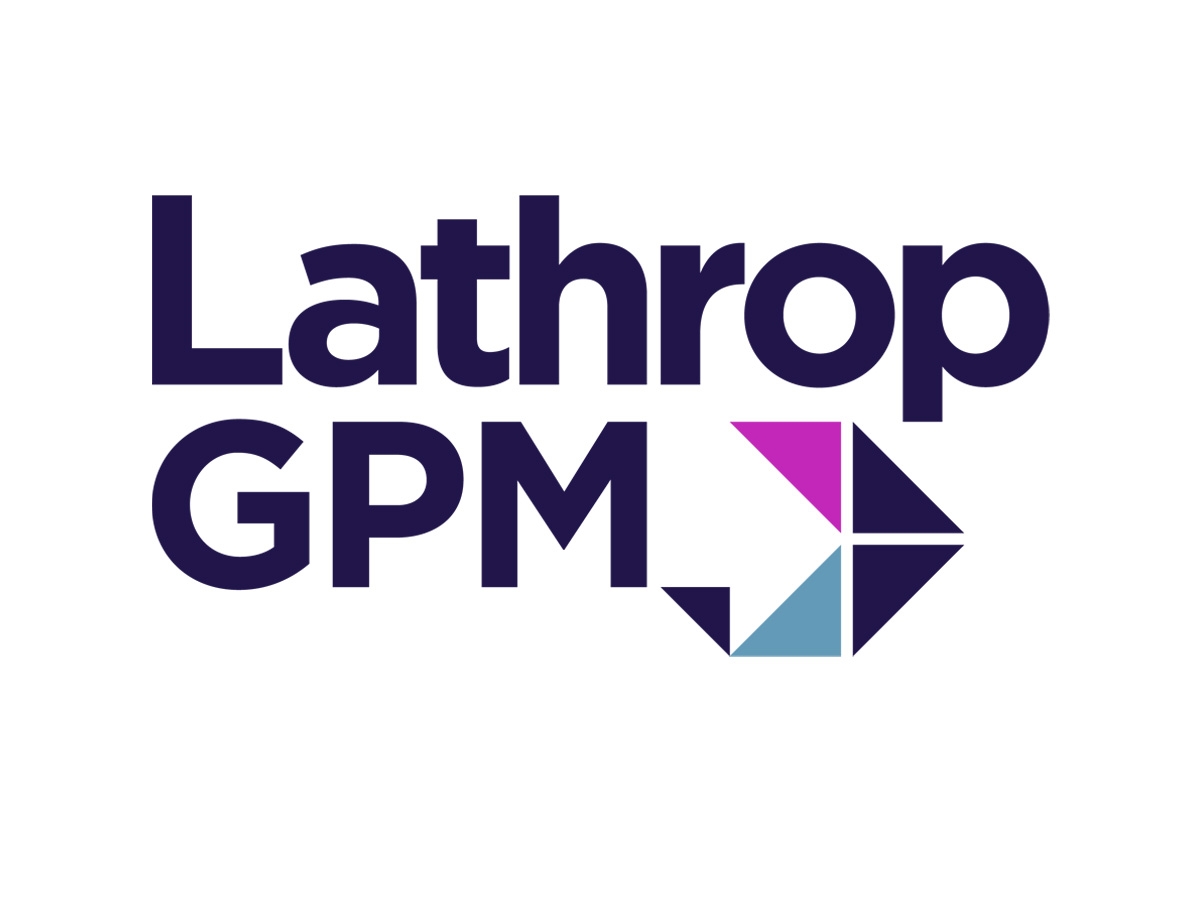College Football’s Latest Controversy: NCAA IP-Like “Sign Stealing” Rules Not Ready for Big Data or AI | McDonnell Boehnen Hulbert & Berghoff LLP
Aside from the actual games on the field, the college football press has been fixated on one story over the past several weeks: the Michigan “sign stealing” controversy. Michigan head coach (and former Chicago Bears quarterback) Jim Harbaugh has been suspended from appearing at the field for the last three games of the season — including the critical game against Ohio State — by the Big Ten conference, and may see further punishment when the NCAA completes its investigation. But the entire process could have been prevented by a more innovative approach to technology, which could have brought even greater opportunities to forecast opposing teams’ plays.
The existence of “signs”, let alone stealing them, is a relatively recent innovation in the history of college football. For decades, coaches chose a play and told it to a player on the sidelines, who would then run onto the field and convey it to the entire team in a huddle.[1] As offensive coaches decided in 1980s and 1990s that they wanted to speed up the pace of play and limit defensive substitutions, they realized the biggest delay between plays was huddling. So they started signaling plays to the team with hand signals. However, those hand signals were not only clearly visible to the other team (and therefore readable and decipherable), but also limited to a relatively small number of plays that could be communicated by gestures. Then came an innovation that allowed a wider variety of signals — large placards or signs that could be held up by student assistants in numerous permutations and various orders to indicate different plays, as well as different formations.[2] However, the problem of visibility of the signs remained.
The NCAA became concerned that the visibility of signs could create even greater inequality between college football teams because large, well-funded programs would be able to scout or “steal” signs at an opponent’s games earlier in the season. It therefore put in a rule in place in 1994 that bears some resemblance to trade secret rules. Trade secret laws, such as the Federal Defend Trade Secrets Act (“DTSA”), define protectable trade secrets as any type of information if “(A) the owner thereof has taken reasonable measures to keep such information secret; and (B) the information derives independent economic value, actual or potential, from not being generally known to, and not being readily ascertainable through proper means by, another person who can obtain economic value from the disclosure or use of the information.”[3] Similarly, NCAA Bylaw 11.6.1 provides that “[o]ff-campus, in-person scouting of future opponents (in the same season) is prohibited.”
The NCAA rule protects only information that is not known to the general public without a license (such as a game ticket). For example, if a coach shouts the play from the sidelines so that it is audible to players on the field, there is no protection against the other team using that information; that is why the placards with seemingly random symbols have been adopted as “reasonable measures” of keeping the information secret. But in this case, there are two “proper means” of scouting that avoid a complete ban. First, in-game sign stealing (that, deciphering the signs while the game is being played) is permissible. Second, reading signs from the television broadcast of an earlier game — an activity that can be performed on campus — is acceptable. Furthermore, like trade secret laws, a team is allowed to use reverse engineering to determine the play from the publicly-visible signs.[4]
Michigan’s problems with the NCAA’s sign stealing rule arose out of a mysterious private investigation[5] of a Michigan staffer with the colorful name of Connor Stalions. Stalions came to the Michigan football program from the Navy rather than the traditional route of playing the sport. He appears to have started his scouting work in compliance with the rules, by watching recorded television broadcasts of games. He allegedly eventually crossed far over the line, however, by buying tickets to opponents’ earlier games and having associates record the sideline signals throughout the game with smartphones. Allegedly, the complete-game videos were then synched to the on-field action to allow a correlation of the signs to the plays. Stalions then would stand near the coaches during Michigan games, allegedly to communicate the upcoming play to them from the signs shown on the far sideline.
While such a scheme would clearly run afoul of the NCAA sign stealing rule — if the allegations are true — a crowdsourcing, big data approach might very well avoid any rule violation. Many college football programs have rabid fanbases that would be willing to do almost anything to support their chosen team.[6] If fans learned that a team would benefit from having recordings of the sidelines of upcoming opponents, many likely would be willing to make and provide such a recording. They could then post the recoding on the internet (for example, hosted on YouTube) and coaches would be able to review and decipher the signs from on campus after the games. So long as the fans were not employed or directed by the school, such a crowdsourcing approach would appear to be legal.[7]
In addition, crowdsourcing a future opponent’s signs from several sources so that the correlation to plays could be made would allow deeper analysis of the data. For example, once such a correlation is identified, an AI-based approach could not only allow prediction of which plays an opponent would like run in a given situation (with stolen signs providing a failsafe for the prediction) and identify the best players, formations, and plays to combat the opponent’s plays. Essentially, rather than relying on a coach’s “gut instinct”, an AI could serve as a predictive tool that would suggest the best approach — essentially serving as a replacement for an existing coach. Thus, one of the first jobs that could be replaced with AI would be one of the jobs that nobody has suggested would be vulnerable: football coach.
[1] In fact, as Michigan has simplified its playbook and started calling more running plays — 32 in a row against then sixth-ranked Penn State! — it has reverted to huddling much more frequently and communicating plays to the huddle without signs.
[2] An example of such signs used by the Michigan football team last week are shown here:
[3] See 18 U.S.C. § 1839(3).
[4] 18 U.S.C. § 1839(6) provides that “the term ‘improper means’ . . . does not include reverse engineering, independent derivation, or any other lawful means of acquisition.”
[5] It is not clear who retained and paid the private investigator who uncovered the information at the heart of the controversy.
[6] As one notorious example, in order to “punish” Auburn for a victory over Alabama, one Alabama fan poisoned the oak trees standing at Toomer’s Corner by the Auburn campus merely because Auburn fans would celebrate victories by wrapping those trees in toilet paper. The trees had otherwise played no part in the game.
[7] Other Big Ten teams, including Ohio State, are alleged to have done something similar by providing their in-game sign stealing to other teams playing against Michigan.
[View source.]





